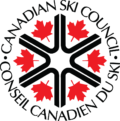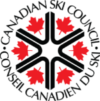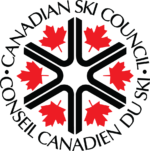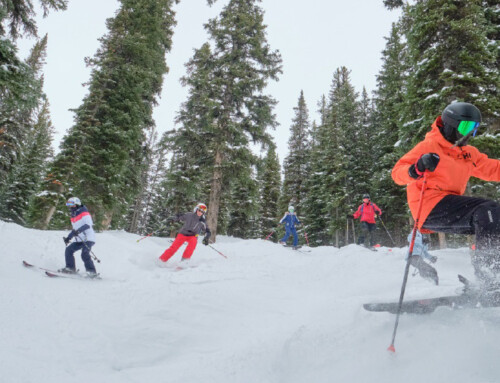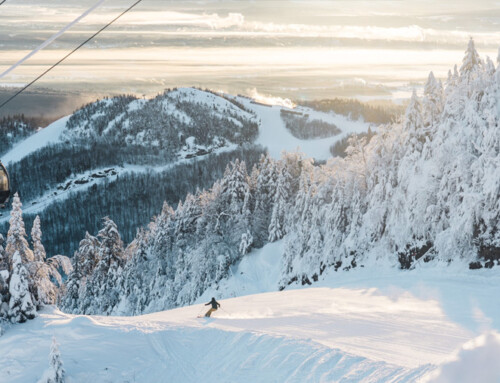The increase of online sales, customer engagement and marketing is providing a window of expanding opportunity. Gone are the days of customer information in a recipe box or a note book. Today, proactively gathering permission-based insights from your customers is a competitive advantage to grow your business and better service your guests.
Tactical Practical Insights to Using Data to Grow Your Ski Business
- Ensure you are fully aware of, and adhere to, the Canadian anti-spam legislation (CASL) with all your marketing outreach activities.
- When seeking permission to communicate with your customer, present the full breadth of your marketing communications and ask for permissions for each.
- Deliver relevant communications and ensure customers can opt-out or opt-down, e.g., change the type or frequency of the communications they receive. This is particularly valuable for summer vs winter guests, locals vs. destination customers.
- Put as many of the puzzle pieces together to understand your customers needs and interests so that you can provide them with relevant marketing messages. This includes demographic information, purchase history, visit history, days on site, and their past reactions to your marketing communications.
- Set goals for your customer engagement efforts. For example: Convert individual ticket purchases to a multi-day lift package buyers, or upsell rental reservations to demo equipment.
- Create a continuous learning process in which you methodically test and learn from all of your marketing communications. But beware of the law of small numbers: if you test your message across too small a sample, you may not be able to draw any valid conclusions from the results.
Presentation Highlights
- If guests purchase from you, you have earned the right to send them a confirmation email; this is implied consent and has a 24-month window. Conversely, you must have their permission if you are sending commercial messages.
- When seeking permission from your guests to receive your communications, aim broadly to give them the opportunity to sign up for a range of marketing communications (e.g. newsletters and promotions)
- Give people a reason to want to receive your communications. For example, provide an incentive for allowing their name to be on your database, e.g. a 15% discount off your next purchase or earlier access to special promotions.
- Recognize that some of your customer data may be misleading and identify if there are things that can be done to better understand what the data means. For example, the buyer of a product is not always the user (parents buy for their children), and customers with billing addresses that are far from your location may in fact be weekend homeowners and behave more like locals that those typically from farther away.
- Continually work to build your customer profiles to gain greater insights into your guests‘ needs and interests. Great insights can be derived from their purchase history, communication preferences and reactions, as well as their activity history, and household relationships.
- Consider the use of exclusive offers that use a promo code so that you can close the loop on conversion.
- Conduct A/B testing – in which you split your marketing messaging into two or more groups to test different components of your messaging (such as offers, target customers, etc.) to determine which generates the best results.
- When A/B testing, ensure your sample sizes are large enough. Use a sample size calculator to determine sample sizes and what measure is required for a difference in results to be statistically significant.
Participant Ideas, Actions, Inspirations and Challenges
The following topics guided the conversation between the participants and the Industry Topic Specialist:
- The frequency of guest communications.
- Monitor your unsubscribes from newsletters and opt-ups/-downs and if there is a noticeable change, take time to explore the reasons why and if changes are needed.
- Consider the appropriateness of certain communications, e.g. daily snow conditions during ski season make sense; how guests want to receive the information may be done via an app, text message or email, or a combination of all.
- If your company hasn‘t introduced options for opting up or down to your marketing communications, consider compiling a list of the most popular year-round communications options, so guests have choice and flexibility at different times of the year or seasons of the business.
- Create a page on your website where your guests can manage the types of communications and the frequency of communication that they want. This not only promotes what is available but allows guests to better express their interests.
- Local residents and second homeowners
- Capture the primary address of guests, if you have a community of second homeowners (e.g., cottagers) consider adding a question to your sign-up page that identifies cottagers/weekend renters in order to target your guest communications more appropriately.
- Alternatively, explore your data to identify guests who are likely to have local accommodations. For example, look at guests who own season passes, visit frequently during mid-week (likely to be local residents) or primarily on the holidays or weekends (more likely to be second homeowners) .
- Since the pandemic, businesses have been thrust into full digital operations. As a result, capturing activity data on the mountain has become more prevalent – and creates additional marketing value.
- Covid protocols, such as self-service check-in, have opened the door for access to specific data about the time and place of guests‘ activity on the mountain.
- One technique is to have all guests tap their day passes or seasons ticket pass at a parking booth on arrival to the hill; this allows for the activities of all guests to be recorded.
- Mountains without advanced technologies looking to understand who is coming when, may want to introduce bar codes on purchases at different places on the resort/mountain, such as rentals or trail passes, or even setting up a sweepstakes program with weekly/monthy and season-end draws, for all guests or a select group (e.g. passholders).
Industry Topic Specialist
The growth of self-service online sales has provided ski areas with visibility to formerly anonymous customers. The new data available can be used to engage with and learn from your customers.
Helpful Links
- Canada’s Anti-SPAM Legislation: https://fightspam.gc.ca
- Permission Marketing Best Practices: Millican, Martin, 15 Strategies for Effective CASL Compliant Email Marketing, Envoke (blog post) https://envoke.com/blog/casl-compliant-email-marketing/
- Statistical Significance for A/B Testing:Gallo, Amy, A Refresher on Statistical Significance, Harvard Business Review February 16, 2016 https://hbr.org/2016/02/a-refresher-on-statistical-significance
- Online Tool to Calculate Statistical Significance: https://mrminsights.com/abtesting
- Law of Small Numbers: Tversky, Amos and Kahneman, Daniel, Belief in the Law of Small Numbers, Psychological Bulletin 1971, Vol. 76, No. 2, 105-110. https://stats.org.uk/statistical-inference/TverskyKahneman1971.pdf
- Example of the consequences of the Law of Small Numbers: Streitfeld, David, What Happened to Amazon’s Bookstore? The New York Times, December 3, 2021 https://www.nytimes.com/2021/12/03/technology/amazon-bookstore.html
- Copy of Ideas@Après Presentation (English only) https://mrminsights.com/documents/Using_Customer_Data_Ideas_Apres_Presentation_Final.pdf
Disclaimer: In providing your business with the information above and other support or advice, including information, support and/or advice relating to your business operations, Covid-19 recovery, The Canadian Ski Council, Tourism Café Canada, session sponsors and topic specialists are not responsible or liable for decisions made, strategies adopted or third party program results, and specifically disclaim any responsibility for any consequences, financial or otherwise, of a business relying on our advice or using information we provide. Companies must understand and agree that they are responsible for all actions they take and decisions they make and must do their due diligence and seek appropriate legal, accounting, tax, or other professional advice as they may require.
